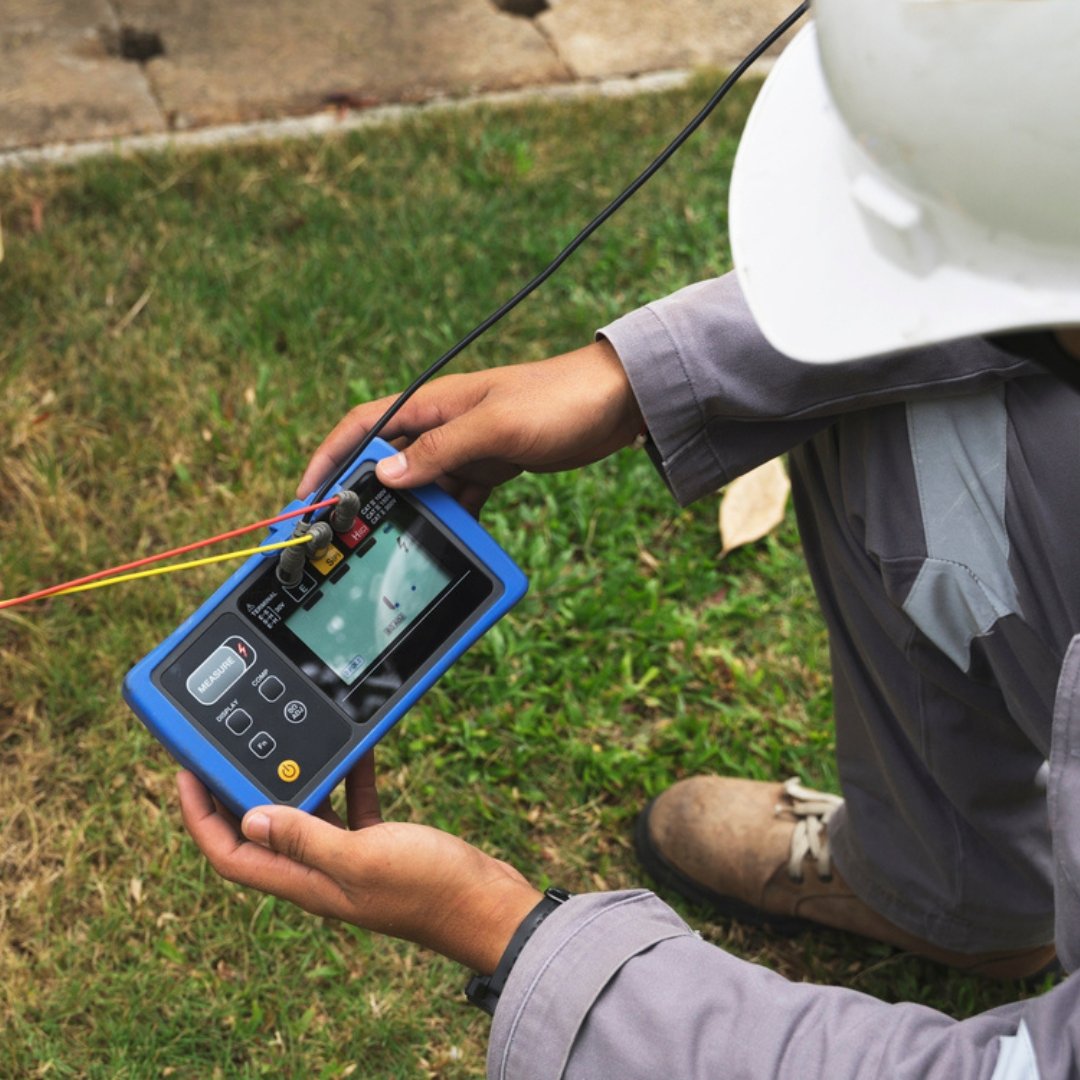RCD vs Surge Protector – What’s the Difference?
When it comes to electrical safety at home or in the workplace, two devices often come up in discussions: Residual Current Devices (RCDs) and Surge Protectors. While both play crucial roles in protecting people and equipment, they are designed for very different purposes. Many people confuse the two, so let’s break down the differences clearly. To Know More Click Here
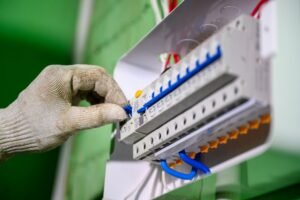
What is an RCD?
A Residual Current Device (RCD) is a life-saving safety switch that cuts off electricity instantly when it detects a leakage of current to the ground. This leakage can happen if a person accidentally touches a live wire, or if a faulty appliance causes electricity to flow where it shouldn’t.
- Main Purpose: Protect people from electric shocks.
- How it Works: Monitors the flow of current in live and neutral wires. If there’s an imbalance, it quickly shuts down power.
- Best Use: Essential for home and workplace safety, especially in wet areas like kitchens, bathrooms, and outdoors. To Know More Click Here
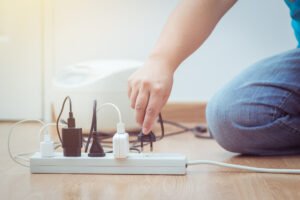
What is a Surge Protector?
A Surge Protector shields electrical equipment from sudden spikes in voltage, often caused by lightning strikes, power outages, or faulty wiring. These surges can damage sensitive electronics such as computers, TVs, or appliances.
- Main Purpose: Protect electrical devices from damage.
- How it Works: Diverts excess voltage away from connected equipment to keep it safe.
- Best Use: Ideal for protecting electronics, office equipment, and home entertainment systems. To Know More Click Here
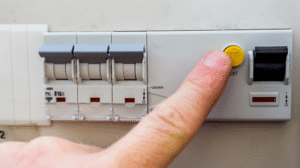
Key Differences Between RCD and Surge Protector
- Purpose
- RCD protects people from electric shocks.
- Surge Protector protects devices from voltage spikes.
- Response
- RCD instantly cuts power when leakage is detected.
- Surge Protector diverts excess voltage in milliseconds.
- Type of Protection
- RCD focuses on human safety.
- Surge Protector focuses on equipment safety.
- Placement/Usage
- RCD is usually installed in switchboards or wall sockets.
- Surge Protector is typically plugged in with sensitive devices like TVs, computers, and appliances.
- Example Scenario
- RCD trips when someone touches a live wire.
- Surge Protector blocks a lightning-induced power surge.
Do You Need Both?
Yes. An RCD alone won’t stop a surge from frying your TV, and a surge protector won’t save you from electrocution. They complement each other:
- RCDs keep people safe.
- Surge Protectors keep equipment safe.
For complete safety, it’s best to use both in your electrical system. To Know More Click Here
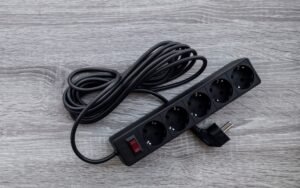
Conclusion
While RCDs and Surge Protectors serve different functions, both are essential in creating a safe and reliable electrical environment. Think of them as partners: one protects you, the other protects your devices. Installing both ensures peace of mind, safeguarding lives and valuable equipment.
SafeTag – Your Safety Partner in New Zealand
Ensure workplace safety and compliance with SafeTag’s professional testing services. We offer certified solutions for Electrical Testing & Tagging, RCD Testing, Microwave Leakage Testing, and Portable Appliance Testing (PAT). Trust our experts for hassle-free, on-site service tailored to your business needs.



